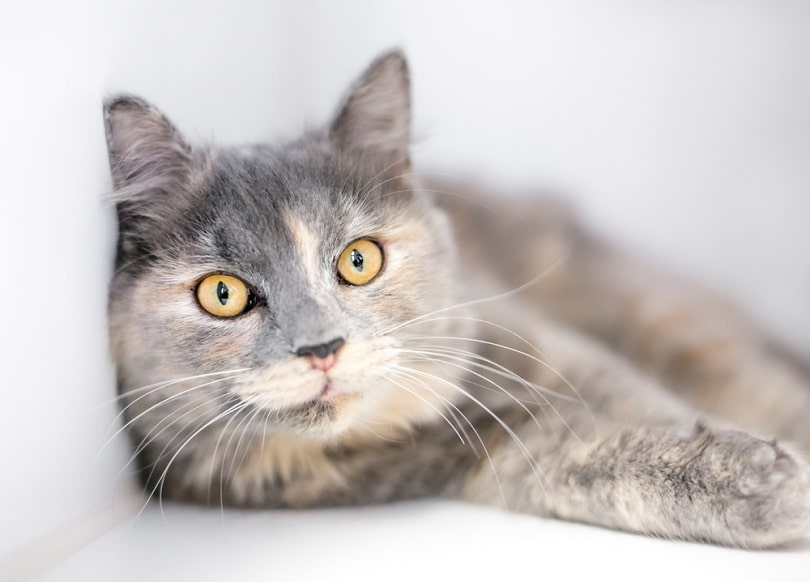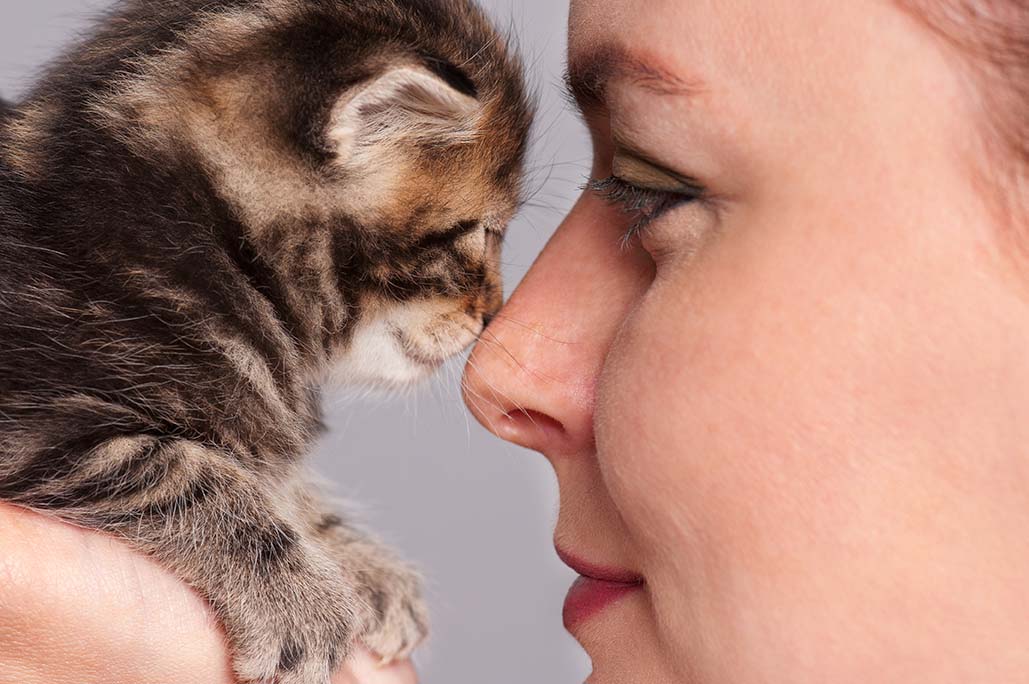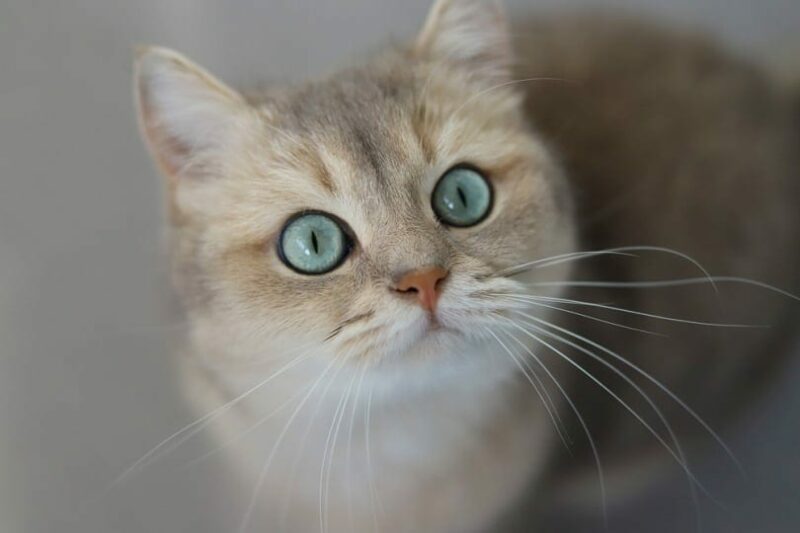Have you ever stopped to wonder if your cat sees colors in the same way that you do? If you’re looking at bright new toys for your furry friend, will some colors catch their attention more than others? Before we dive into the details, know that while cats can see various colors, they are considered color blind by some people because unlike humans, they don’t see them as vibrantly, and they can’t see as broad a range of colors as we can.
How Do Humans See Colors?
Both cats and humans rely on specialist cells to see color. These are called cones, and they are types of photoreceptors located in the retinas. There are three different types of cones, based on the photopigment that they contain, and they are used to detect the colors red, blue, and green. The large number of cones in the human eye means we can perceive a full range of colors.
How Do Cats See Colors?
In comparison to humans, cats have far fewer cone photoreceptors in their retinas, and these are not exactly the same types, meaning that while they can still perceive a range of colors, it’s not as extensive as what we may see. Scientists are undecided on exactly what colors that cats can actually see, though. Some suggest that they can see greens and blues, while others think that cats can also see yellow. Reds and pinks are least likely to be perceived by cats. These likely appear as greens. Purple also isn’t perceived well by cats, and it’s thought that they see this color as more of a blue shade.

Rods in the Retina Also Matter
The other types of photoreceptors in the retinas are rods. These are activated under low-light conditions, enabling cats to see well at night. Rods are also responsible for motion detection. Cats have far more rods than us humans. This means their ability to see in low-light conditions and to notice small movements are far superior to ours.
Cats vs Humans
It’s thought that cats see a narrower range of colors and that they’re possibly less vibrant than how we see them. Cats don’t see the brightness of colors the same way that we do either, so they may see shades that we perceive differently as all the same tone.
In the wild, cats don’t need to see bright colors as much as they need to detect motion and see in low-light conditions. Their eyes are still adapted to hunting in arid desert areas with little color variation.
You might be wondering how your cat’s ability to perceive colors will affect the color of toys that they may be attracted to. Cats will most likely be attracted to toys in blues and yellows. Red, pink, and purple toys are least likely to catch their attention.
What matters, though, is if your cat enjoys playing with toys or not! The movements and smells of their toys will attract them more than the colors.

Conclusion
Cats are not completely color blind, and they probably see colors similar to a human with red-green color blindness. Cats don’t perceive reds, pinks, or purples as well as we can. The colors that they can see best are blues, greens, and yellows.
Cats might not see all the colors of the rainbows, but they do see motion much better than we can. Their vision in low light is also exceptional. Your cat’s eyes are perfectly adapted for helping them do what they do best, which is hunting in low-light conditions.
Featured Image Credit: Anna Azarenko, Shutterstock












